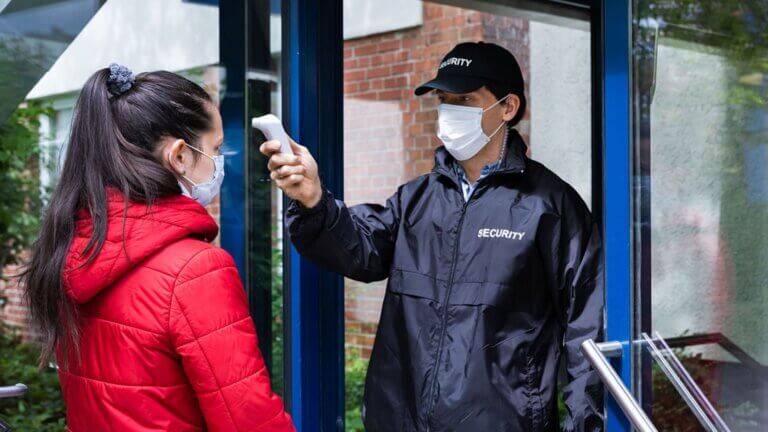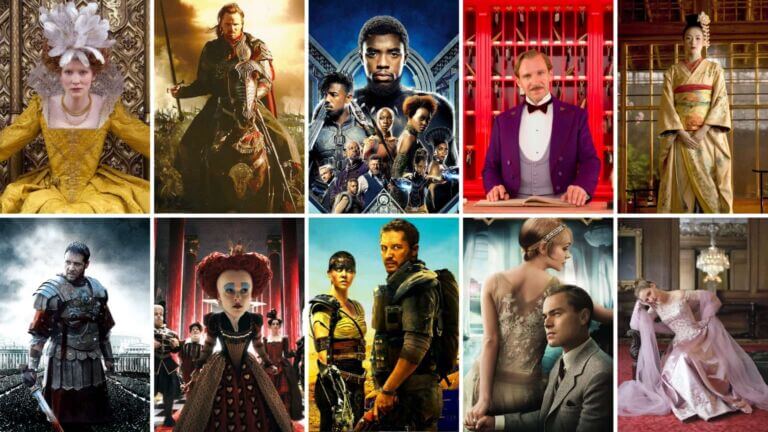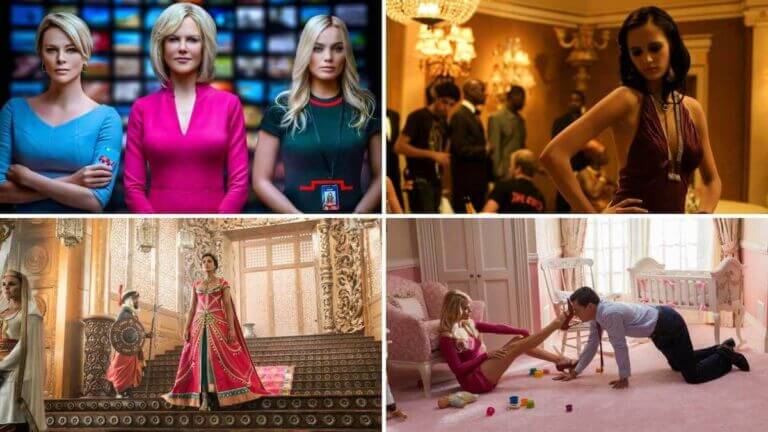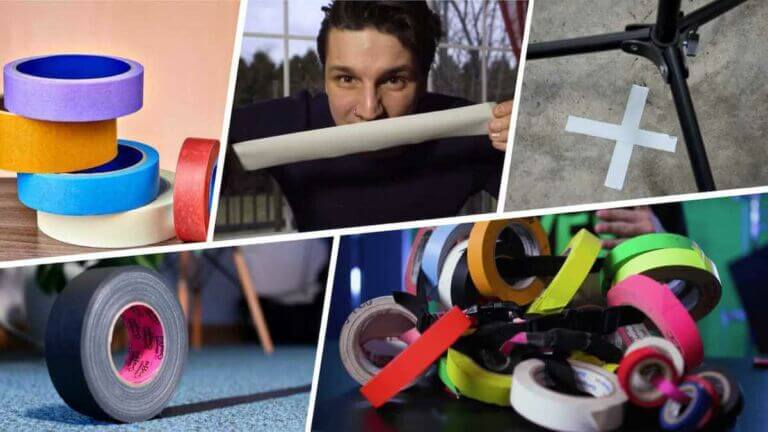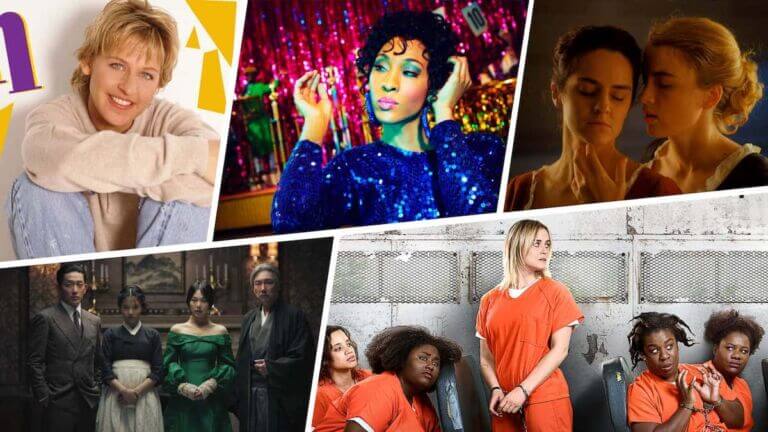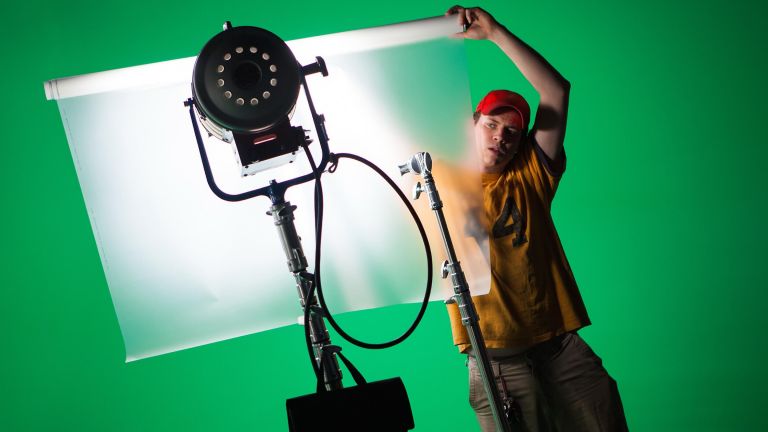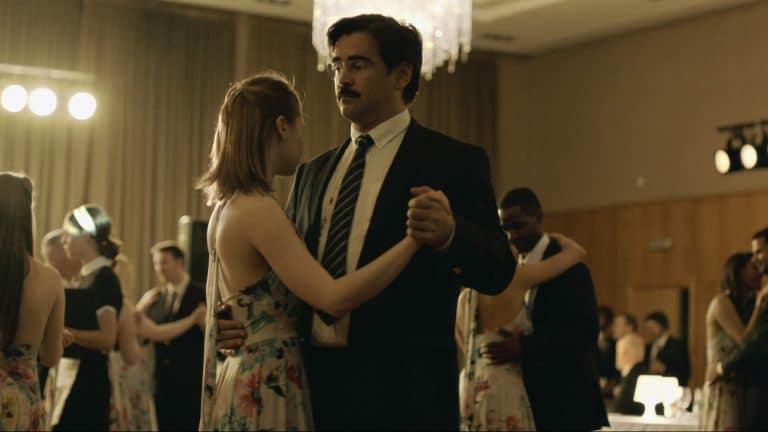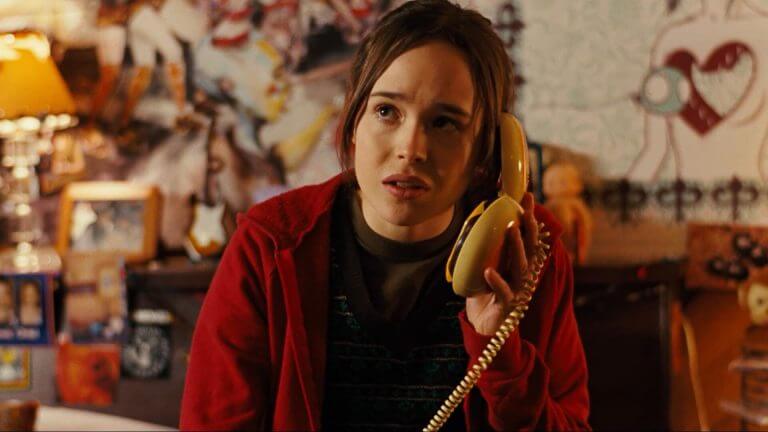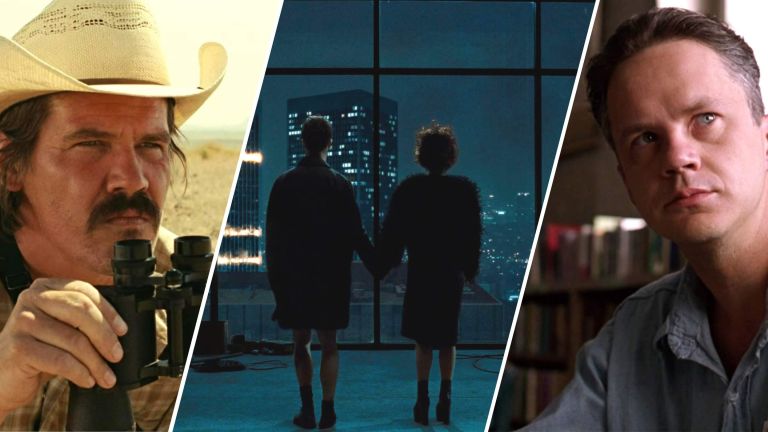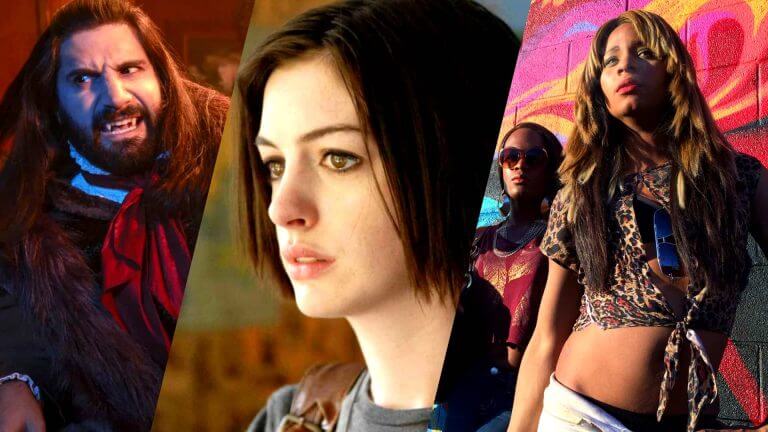You may have heard Tom Cruise’s famous rant at some of the crew on his latest Mission: Impossible sequel. Cruise was upset that people weren’t respecting the rules the COVID-19 virus has dictated for film production. But just what are these rules anyway? In this post, we’ll talk about working in production during COVID. We’ll explain what a COVID Compliance Officer does, where to get COVID Compliance Officer training, and we’ll look at some of the ways your set operates differently from during normal times.Continue reading What is a COVID Compliance Officer — Set Protocols Explained
We’ve talked quite a bit about the amount of thought that goes into Costume Design. We’ve talked about how costumes instantly convey information about the story’s setting, and about who the characters are. The Academy Award for Best Costume Design winners add their own flavor and style to the film, in some cases even a style that audiences wanted to emulate. In this post, we’re going to take a look at the 21st century Best Costume Design winners and see “who wore it best.” One thing you’ll notice immediately is that the films on this list are mostly period pieces, but…
Whenever you hear someone talking about the male gaze, you may be asking yourself, “What is the male gaze?” Well, in this post we’re going to tell you. We’re going to explain what we mean by the term “the male gaze” and we’ll show you some examples from recent films. We’ll also give you some suggestions for how you can subvert the male gaze and create a more balanced visual narrative.Continue reading What is the Male Gaze? Definition and Examples in Film
You think you know what gaffer tape is, but do you really? In this post we’re going to explain everything you should know about gaffer tape: what is gaffer tape, how does it work, and why is it so bloody expensive.You’ll learn how to tear it off the roll, how to make cables safe for pedestrians, and even what to look for in purchasing your own, personal roll of gaffer tape.Continue reading What Is Gaffer Tape Used For? A Film Set Essential Explained
Queer theory is a complex, multi-faceted subject that’s difficult to cover in a single post. So we’re going to try to break it down into more digestible pieces. We’ll give you a basic overview of Queer Theory, but mainly we’ll provide some examples from films and TV shows that have been groundbreaking in terms of Queer representation. Continue reading What is Queer Theory? Definition and Examples for Filmmakers
The short answer to the question, “What is a Grip?” is that a Grip on a film crew is someone who moves lighting equipment around. But there’s more to being a Movie Grip than simply taking gear from one spot to another. In this post we’ll answer the questions “What is a Film Grip?” and “What does a Grip do?” We’ll look at what a Movie Grip actually does and what it takes to do one of the most demanding jobs on a film set. We’ll also talk about what you’ll need if you want to work a Grip job…
There’s an old film school thought experiment that asks about a character, “What does he have in his refrigerator?” In this post, we’re going to practice that experiment.We can learn plenty about who a character is from the things they say, as well as the things others say about them. But we also learn who a character is by scores of other little details in the text of the script.Now we’re going to talk about how to actually use the Breakdown Summary, along with the text of the script itself, to flesh out who a character is from the perspective…
Writing dialogue is the best part of writing a screenplay. It’s the part of the writing where you get to be an actor for a while and cast powerful magic spells, or save an innocent man from prison, or lead an army into battle - at least in your mind.But dialogue is also something a lot of screenwriters struggle with. So, in this post we’re going to talk about how to write realistic, natural-sounding dialogue. We’ll give you some good examples from different genres, and we’ll show you how to properly format dialogue using the StudioBinder's free screenwriting software.Continue reading…
With the last 19 Oscar ceremonies behind us, we’re now well into the 21st century. Seems like a good time to look back at the Best Adapted Screenplay Oscar winners and consider how they rank. Continue reading Best Adapted Screenplay Oscar Winners — 20 Great Scripts in 20 Years
Cinéma vérité - literally “cinema of truth” - is a style of filmmaking you’ve probably seen more than you realize. You may even have studied it as part of your film education.As a technique, cinéma vérité has been a valuable tool for independent filmmakers for decades, not only for recording events as they happened, but also for telling intimate, character-driven narratives.In this post we’re going to talk about what cinéma vérité is and show you some modern examples of it. We’ll also show you how you can use the vérité style in your own storytelling. Continue reading Cinéma Vérité —…
